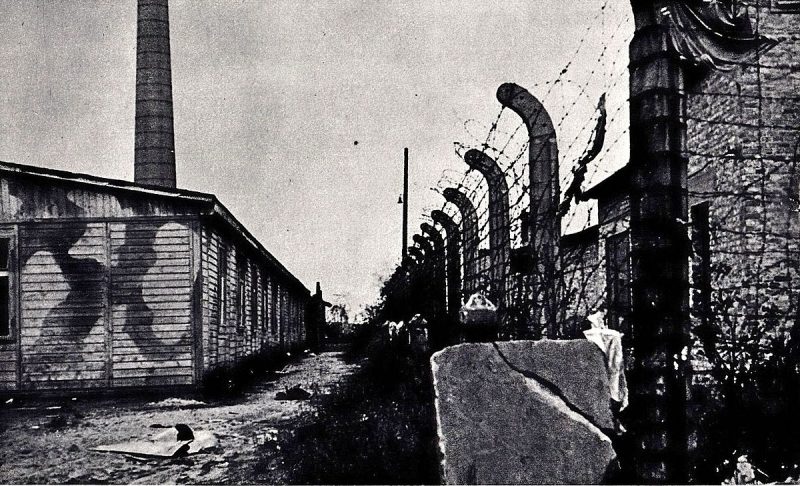Sigi and Hanka had practically grown up in labor camps. They were wasting away in the Czestochowa camp in Poland when their eyes met for the first time.
“I lost my mind,” Sigi says. “When I saw her, the whole world was turning around me. I saw a pair of beautiful eyes and I heard bells ringing.”
He went over and talked with her. As he left, he gave her a kiss on the cheek.
Hanka says that she still remembers that first kiss and how she wanted it to last forever. Sigi was different from most in the camp; the terrible conditions left most people a bare shell of humanity. “At that time, the people in the camp were terrible,” she says. “He was very gentle.”
Sigi worked in the munitions workshop. He had been making the bullets too small to fit the guns as a form of sabotage. When he heard that the Gestapo was looking for him, he hid in a nearby construction site. He let only Hanka know where he was hiding. “She was the only person I could trust my life with,” he said.
Hanka risked death to sneak pieces of bread and a blanket that she made to him. One night, she returned for a second time to bring the good news that the camp was being liberated. The next day, they were married.
A year later, Hanka gave birth to their oldest daughter, Evelyne. Evelyne was the first baby born to Holocaust survivors in Sigi’s hometown, Katowice. They moved to Australia in 1971. They didn’t have a proper wedding until their 50th anniversary.
“We’ve achieved a lot,” Sigi said. “We’ve got so many grandchildren and great-grandchildren. She charmed me. That was it, the rest was history.”
Only a few of their classmates survived the Holocaust.
Bialik College, where their great grandson attends, is collecting 1.5 million buttons to honor children murdered by the Nazis.
Sigi is collecting 180 buttons to represent the family he lost in the Holocaust.
The couple, ages 91 and 93, already have their side-by-side gravestones ready. The inscription on the stones reads, “We are inviting the souls of our exterminated family to rest in our grave.”
